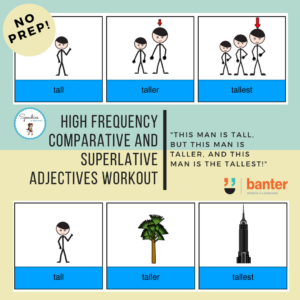(L265) Comparative and Superlative Adjectives Workout
$5.99 including GST
In this 24-page no-preparation language workout, we focus on comparative and superlative adjectives ending in -er and -est, respectively.
We have chosen 20 of the highest frequency adjectives in English, and presented two examples of each: one comparing similar objects, one comparing different objects sharing the same quality.
Description
At around 36-42 months of age, typically developing children start to use comparative and superlative adjectives and adverbs. But some don’t, including people learning English as an additional language and people with language or learning disorders.
Comparatives are when you compare two objects, animals or people and describe one as having more or a higher degree of a quality. For example, you might compare one boy to another and conclude that one boy is taller, or older, or thinner than the other. Many comparatives end in the morpheme -er (e.g. higher) or use the adverb “more” (e.g. “more tall”).
Superlatives are when you compare more than two objects, animals or people, and describe one of them as having the highest degree of a quality. For example, you might look at a herd of cows, compare each member, and then identify the biggest, loudest, or smelliest member of the herd. Many comparatives end in the morpheme -est (e.g. biggest or the adverb “most” (e.g. “most loud”).
In this 24-page no-preparation language workout, we focus on comparative and superlative adjectives ending in -er and -est, respectively. We have chosen 20 of the highest frequency adjectives in English, and presented two examples of each: one comparing similar objects, one comparing different objects sharing the same quality.

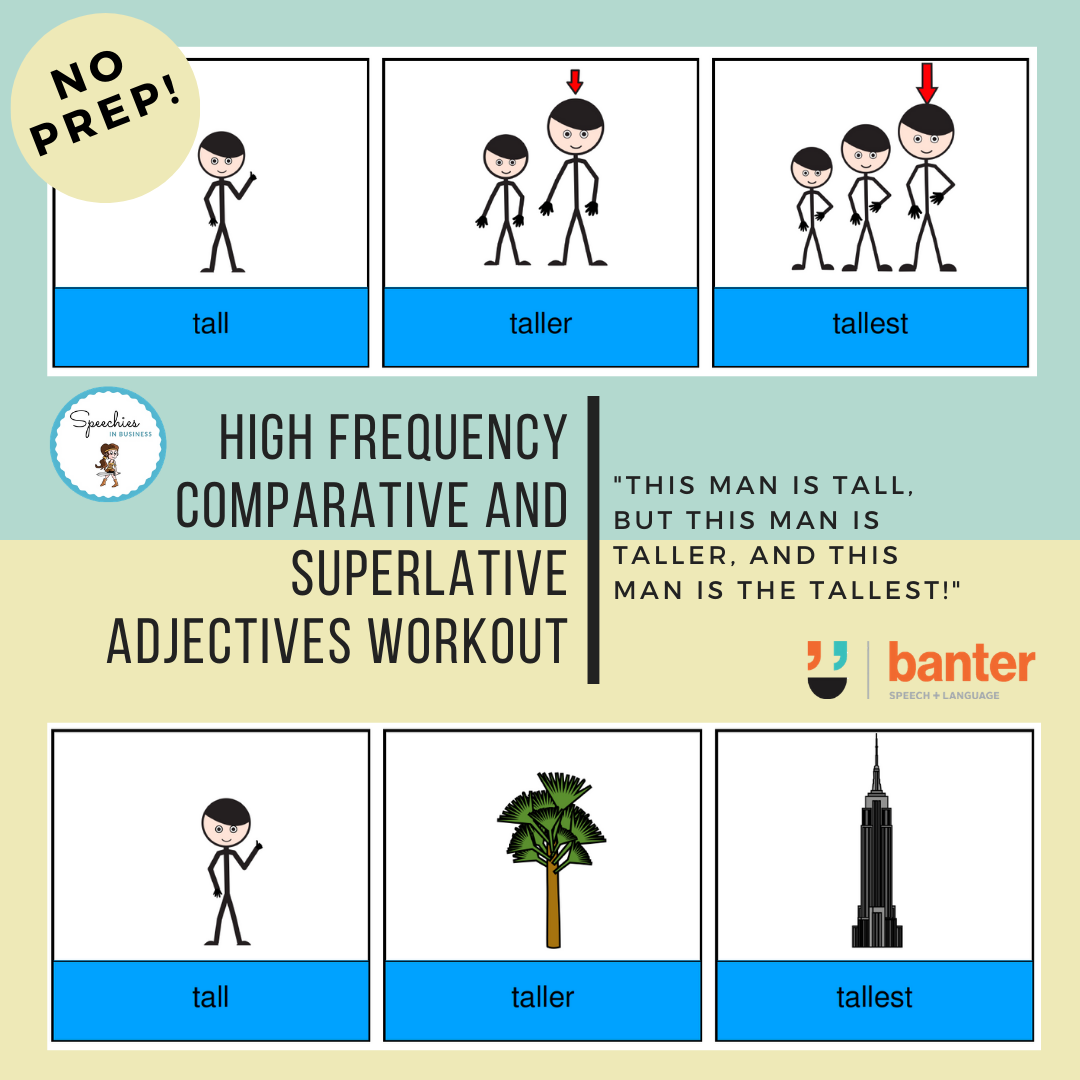




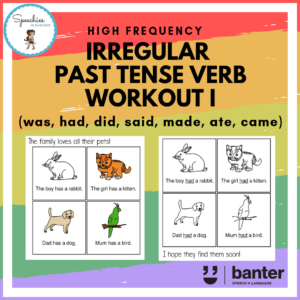
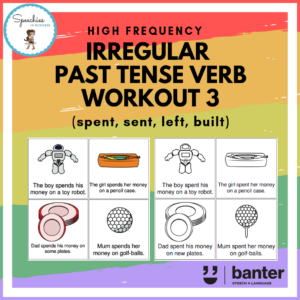
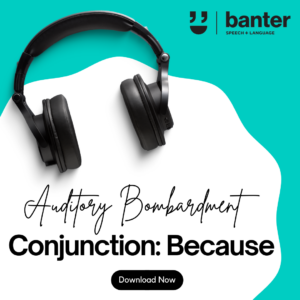

 (R509) Think, Then Write Workbook 2: FANBOYS Compound Sentences
(R509) Think, Then Write Workbook 2: FANBOYS Compound Sentences 